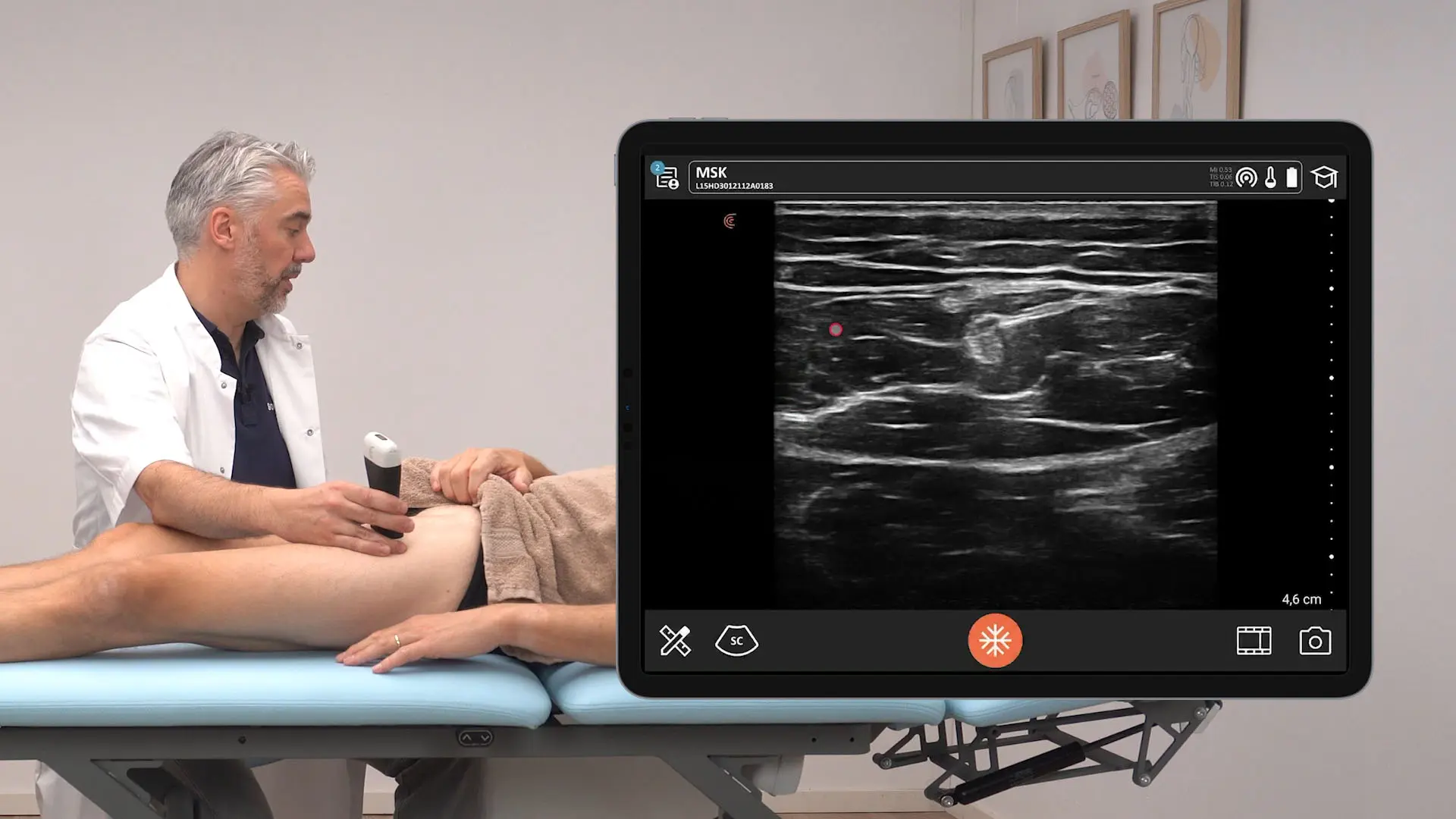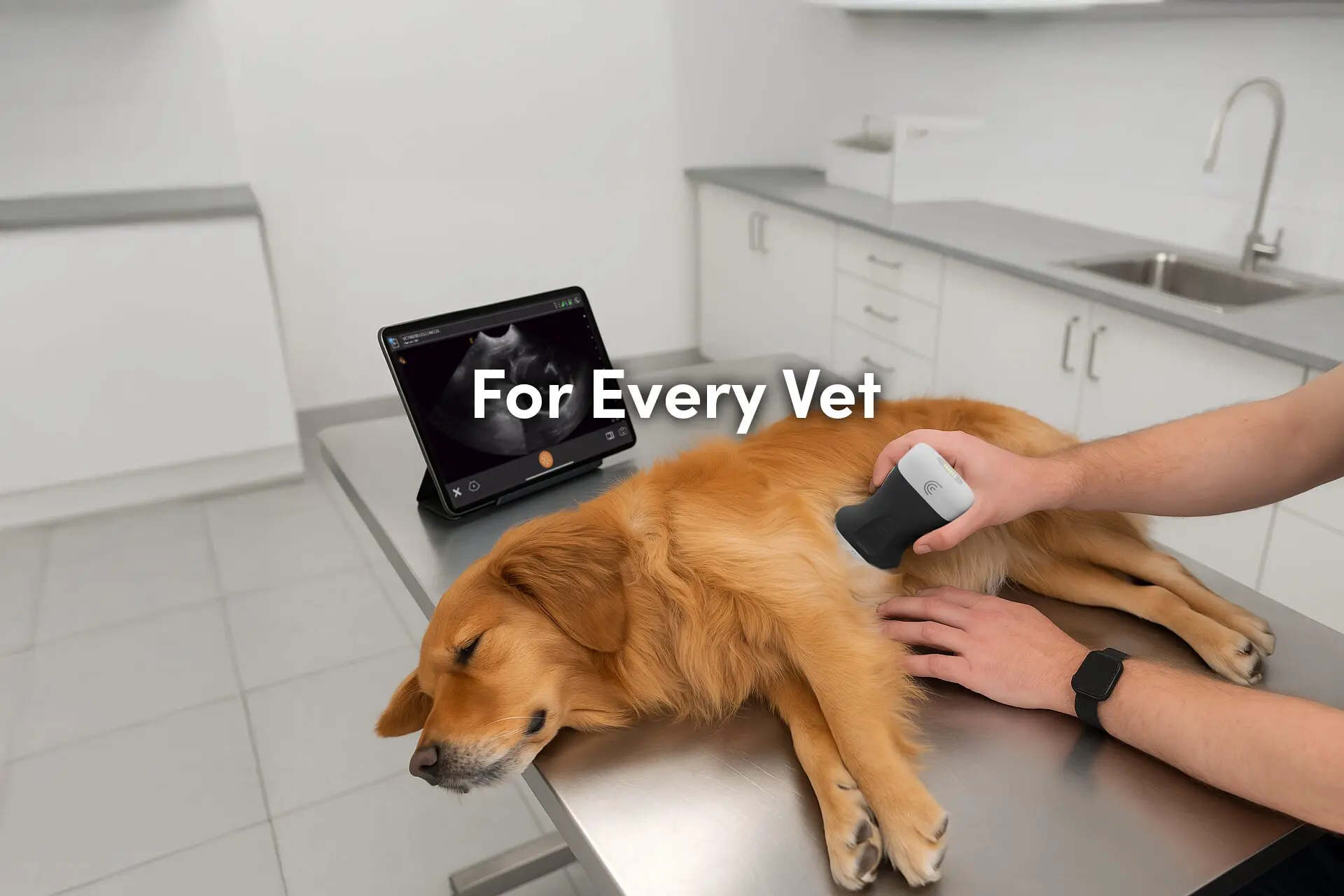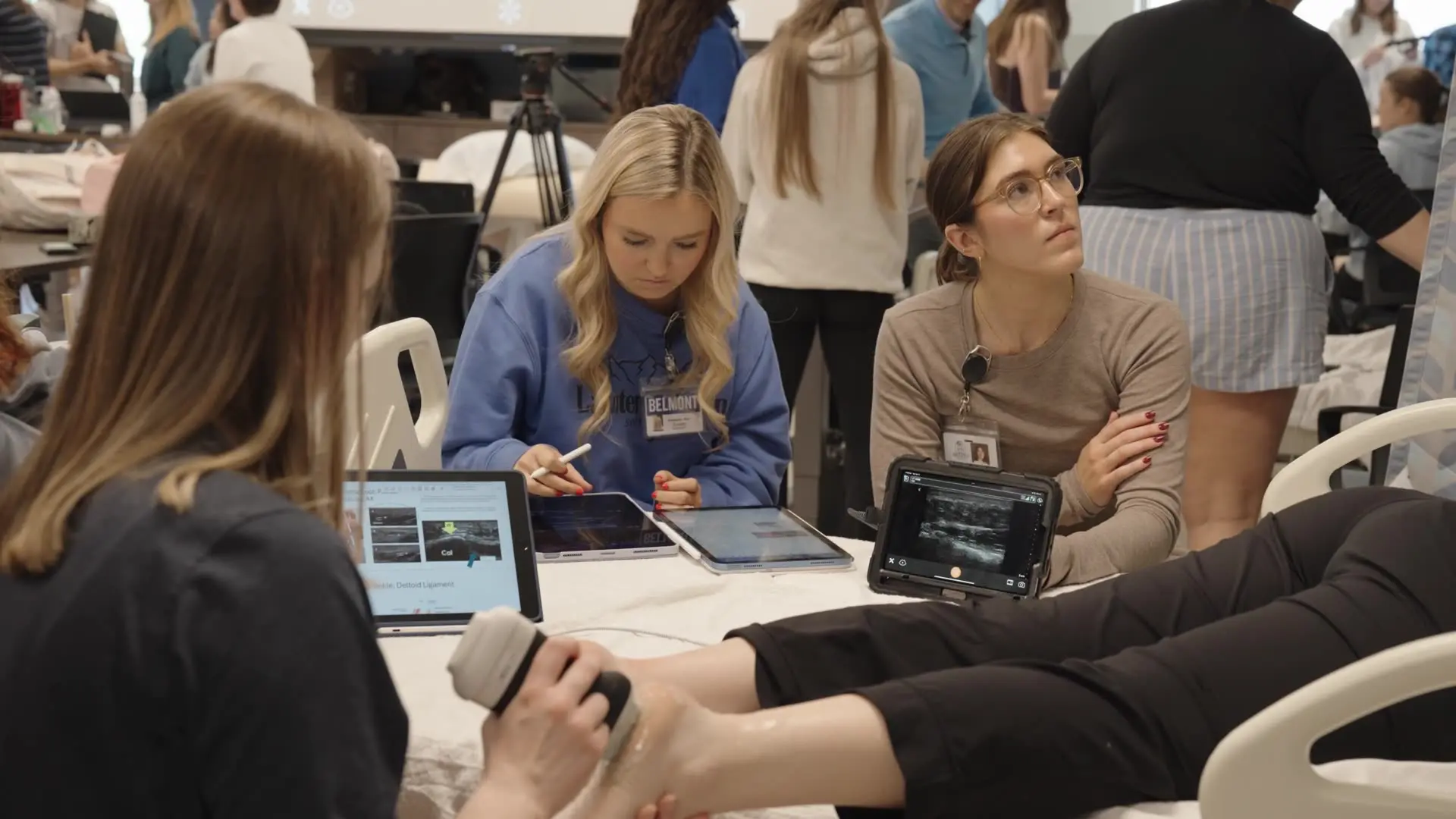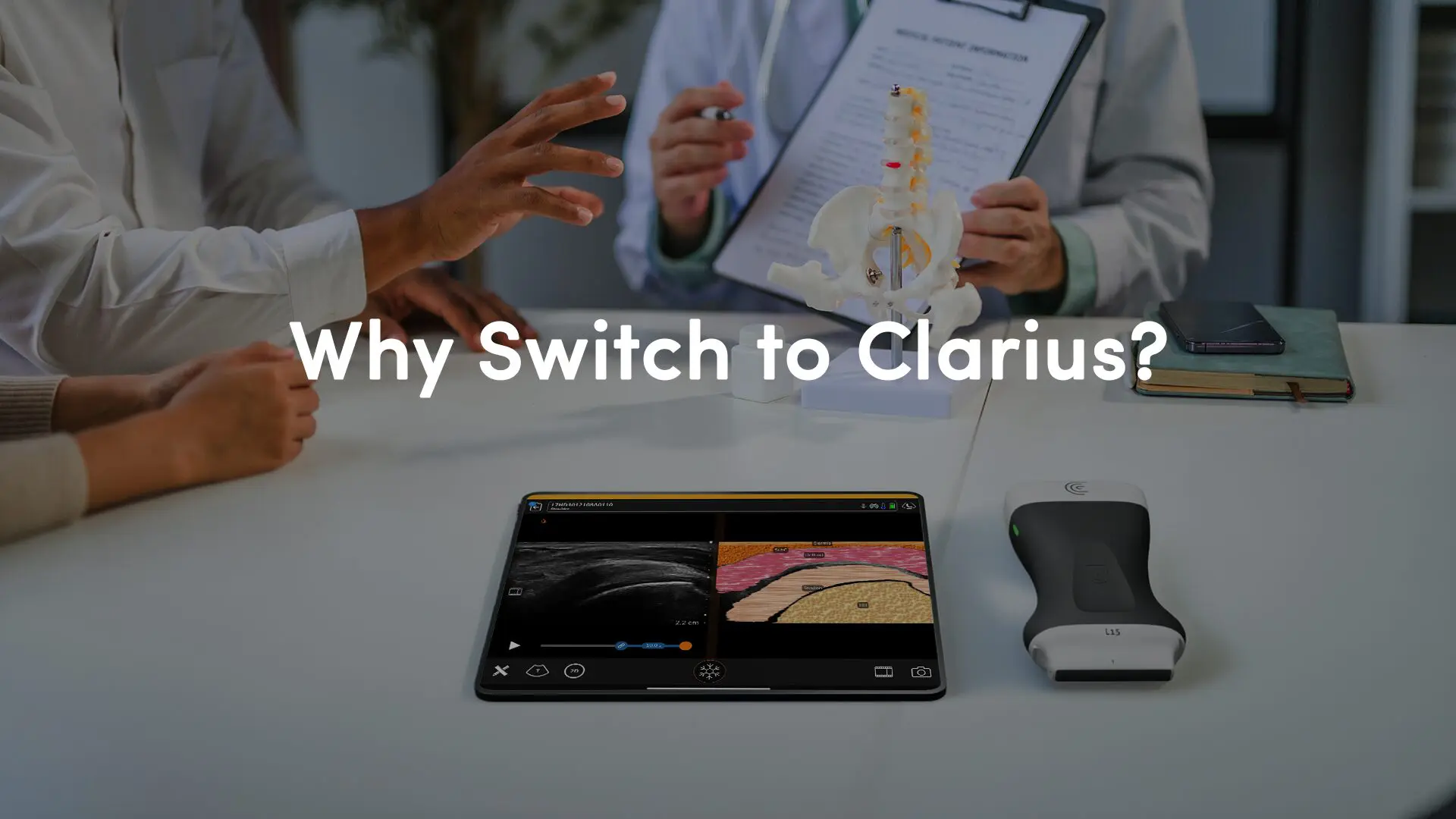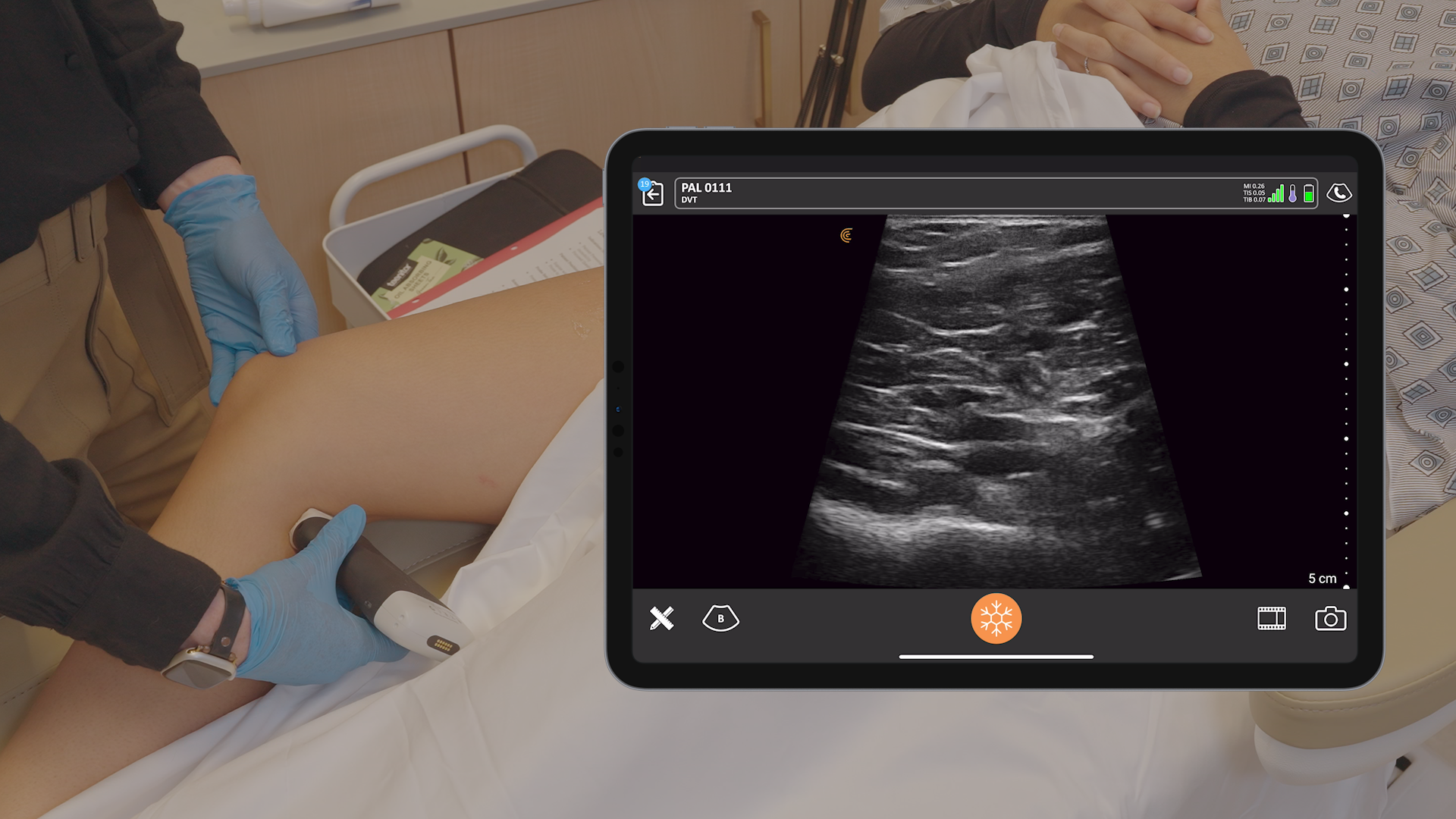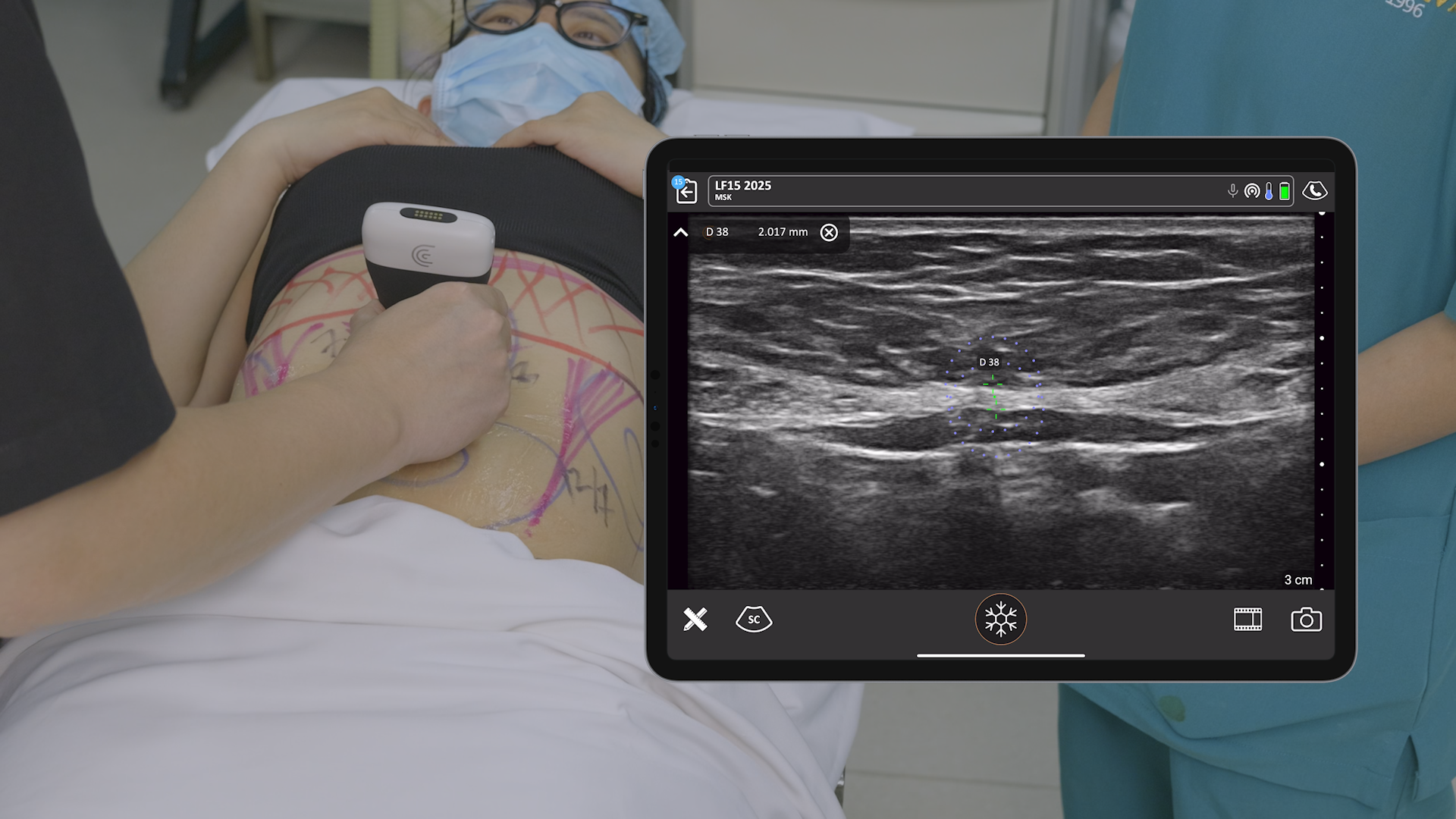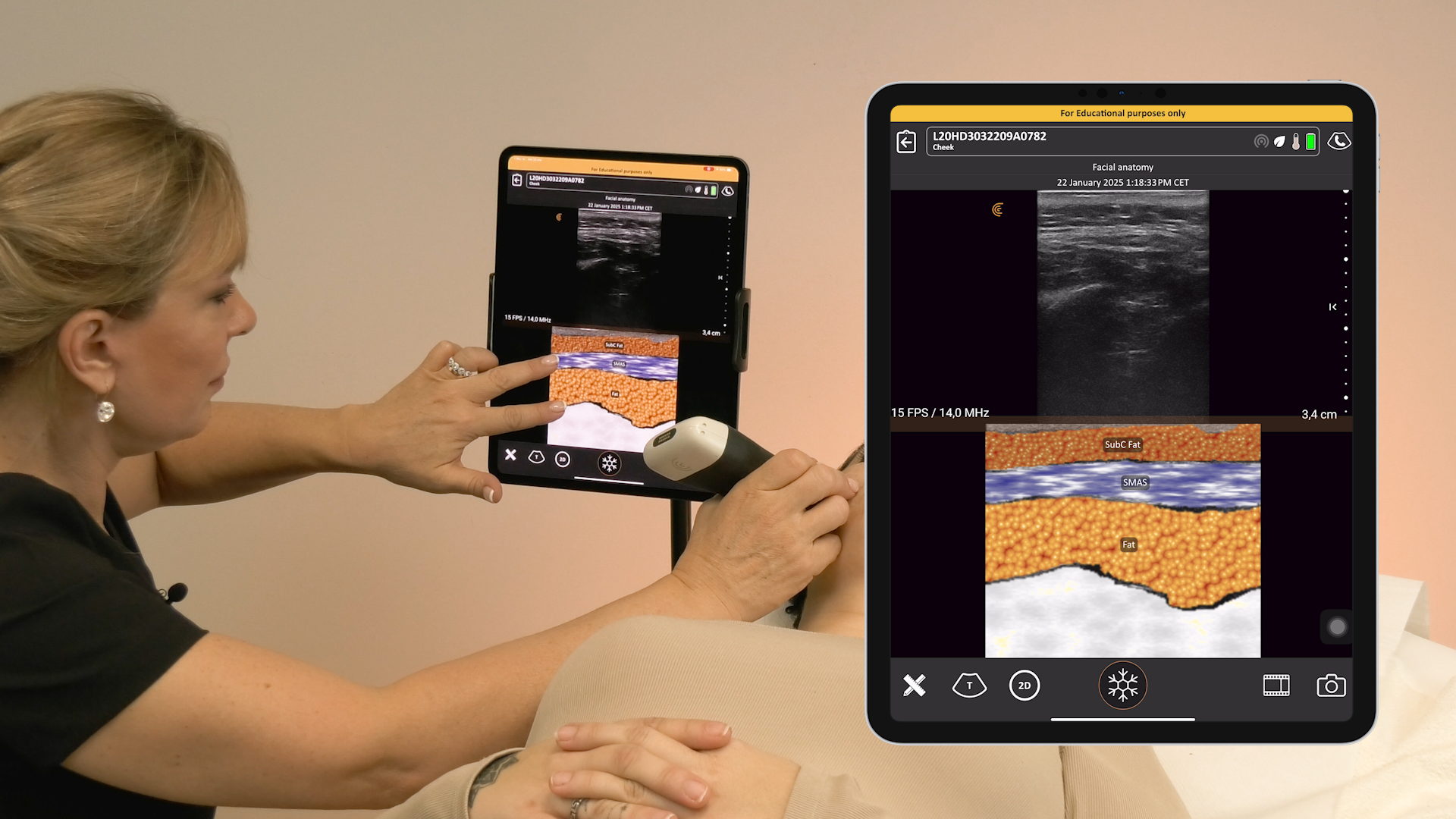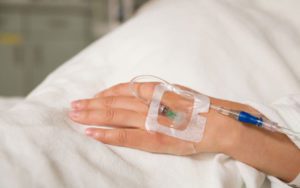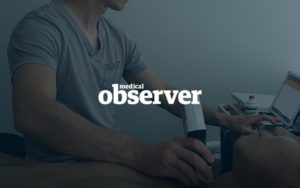By Dr Nathaniel Reisinger
Chronic Kidney Disease is a slow and silent killer that has been on the rise for the past decade. Up to 14% of Americans are affected by the accelerated aging of the kidneys,which is directly associated with diabetes, hypertension, and obesity
Chronic Kidney Disease (CKD) patients often progress to End-Stage Renal Disease (ESRD) and come to rely on dialysis, which is costly. The ESRD population and large and its care takes up 7% of entire the Medicare budget in the United States (one percent of the entire federal budget).
Because of the need for frequent dialysis, (up to three times a week) most of these patients are also often chronically fluid overloaded, which contributes to extremely high cardiovascular events, and mortality.
Fluid detection in dialysis units usually involves listening for rales and pressing on the legs for pedal edema. Unfortunately, this method leaves a lot of asymptomatic pulmonary congestion un-diagnosed. The solution would be to detect for fluid before it becomes symptomatic, to dial down their dry weight, by taking of a little bit more fluid at dialysis.
Because of its non-invasiveness, ease of use, and no radiation, a lung ultrasound is quickly becoming the modality of choice for nephrologists assessing fluid volume. With ultrasound, a physician can quickly determine whether there’s pleural effusions and can see if there’s a predominant B-line pattern and assess how much fluid the patient is carrying around.
As some of the first to pioneer these models of care, Nephrologists have skin in the game for patient care. B-line ultrasound is a valuable tool for quantifying fluid overload for patients on dialysis and for preventing cardiovascular admissions, ultimately saving money for the physician and the dialysis organization.
If we can prevent as little as one admission per patient per year, we could save millions of dollars. As we move from a fee for service to a value based care landscape, it’s going to become even more important because it’s money taken out of dialysis companies’ pockets and physicians’ pockets.
Watch the video to hear from Dr. Reisinger about how Nephrologists are using ultrasound to prevent critical events in dialysis patients.






